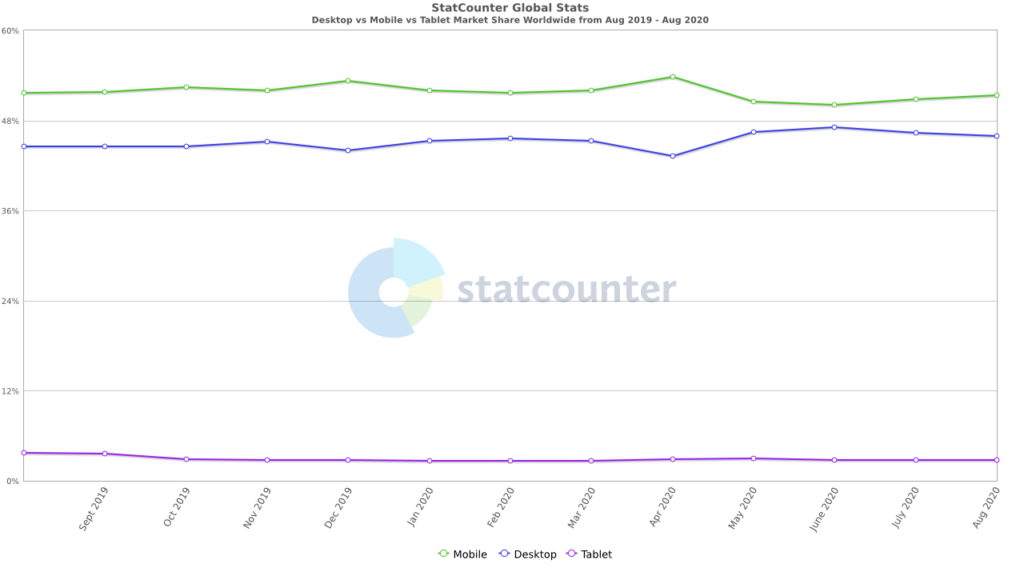For many businesses, a website is your hub to showcase your brand, your services, your history (and successes) and how prospective clients can contact you. Ultimately, it’s a platform to provide value in order to convert a visitor into a client. However, it’s easy to forget that your website is an evolving part of your business and that it’s important to keep it updated and relevant, so visitors, both new and returning have the best experience at getting to know you and ultimately connecting with you.
Here are some simple hacks to ensure your website is in top form for your visitors:
Make your navigation intuitive & ensure your links work!
Navigation is perhaps the most critical aspect of a user-friendly website. If your users have to pause to look for buttons and links to take them to the information they’re looking for, then something isn’t right with your navigation. Poor navigation can lead to people leaving your site as they’ve given up. The aim of the game is to make your content easily accessible so visitors can get to the content they’re after – fast.
Check your web page design for common navigational mistakes. Make sure that users find the navigational features at a glance, such as ‘home’, ‘about’ ‘our services/products’ and ‘contact us’. Many sites have layers of sub-menus, which is a terrible user experience. Remove the multiple layers, if any, from the navigational menu and KEEP IT SIMPLE. Also, make sure all the buttons click through to their respective pages.
Having a search box is essential for the site as it offers visitors (and your website) a failsafe if your visitors have issues navigating, or if they know what they’re looking for immediately and it’s just a case of typing a keyword in the search box to get the details without going to the other pages manually.
If you find yourself deliberating what to add/remove from your navigation, put yourself in place of your visitors – what do you think they’re searching for? What do you think is the next logical click a visitor will make? Use this process to help guide your decisions. When all else fails, repeat the mantra KEEP IT SIMPLE!
Ensure your website is mobile responsive
Recent figures from GlobalStats show that 51.33% of website visitors are browsing sites on their mobile, vs 45.9% on desktop, it’s amazing in this day and age that there are many websites that don’t render properly on a mobile device, so it’s even more important to ensure your website is mobile optimised.

A number of content management systems such as SquareSpace & WordPress already have this taken care of but be weary of the lower end CMS’ that might not offer the best support when it comes to mobile optimisation.
Keep in mind that your navigational layout will appear differently on mobile and tablet devices than for a desktop website. The navigation buttons need to be presented in a way so they can be easily tapped on a small touch screen.
If your visitors have to pinch their screens in and out to read your site, or to find buttons to click to find what they’re looking for, it’s going to lead to people leaving your site, so make sure it’s mobile optimised.
Focus on social media platforms that work for your brand & make your social media buttons more prominent on your website
When it comes to social media, it’s all about providing value to your target audience. But which social media platform is right? Is it smarter to have a profile on every platform? A good analogy to keep in mind is: What might be good for the goose is not necessarily good for the gander – in other words, certain social media platforms might be more appropriate than others.
Younger brands will gravitate towards TikTok and Instagram, however a more mature brand might not necessarily find their followers on those platforms. Alternative, more professional platforms such as LinkedIn might be a better fit.
You don’t have to be everywhere and everything to everyone. Find your niche and again, think like your client and where they would get most value.
Once you’ve got the right social media mix, be sure to embed those social media buttons on your website and vice versa, make sure your website is mentioned on your social media pages.
Got a blog or news page? Update it regularly!
Take the time to create content that showcases your value and relevance. Providing content also assists with SEO (Search Engine Optimisation), so search engines like Google will identify the repeat use of keywords which will help you rank higher when people search on those keywords on Google, directing website traffic your way.
Updating frequently will keep your website fresh, as well as providing content you can share on your social media channels and your database. Evergreen content is an awesome way to engage your current audience, as well as future audiences. It will also return dividends with Google ranking the more people search for those topics over time.
Treat your website like it’s a member of the team – nurture it and it will evolve and grow with your business. Ultimately your business will reap the benefits of improved functionality, a responsive design that works across all screens and devices, and a website that will help improve search engine results (rather than hinder it).
Making these improvements will keep your website ranking high in search engine results, allowing more people to find and connect with your brand.
By Agent Raymond

Agent99 is an award-winning PR and communications agency based in Sydney. For more information about our services, contact us at info@agent99pr.com.
Further reading:
Proven Content Creation Tips and Tricks to Help Grow Your Brand
Tips on Giving Your Business a Personality to Endear Yourself to Customers
